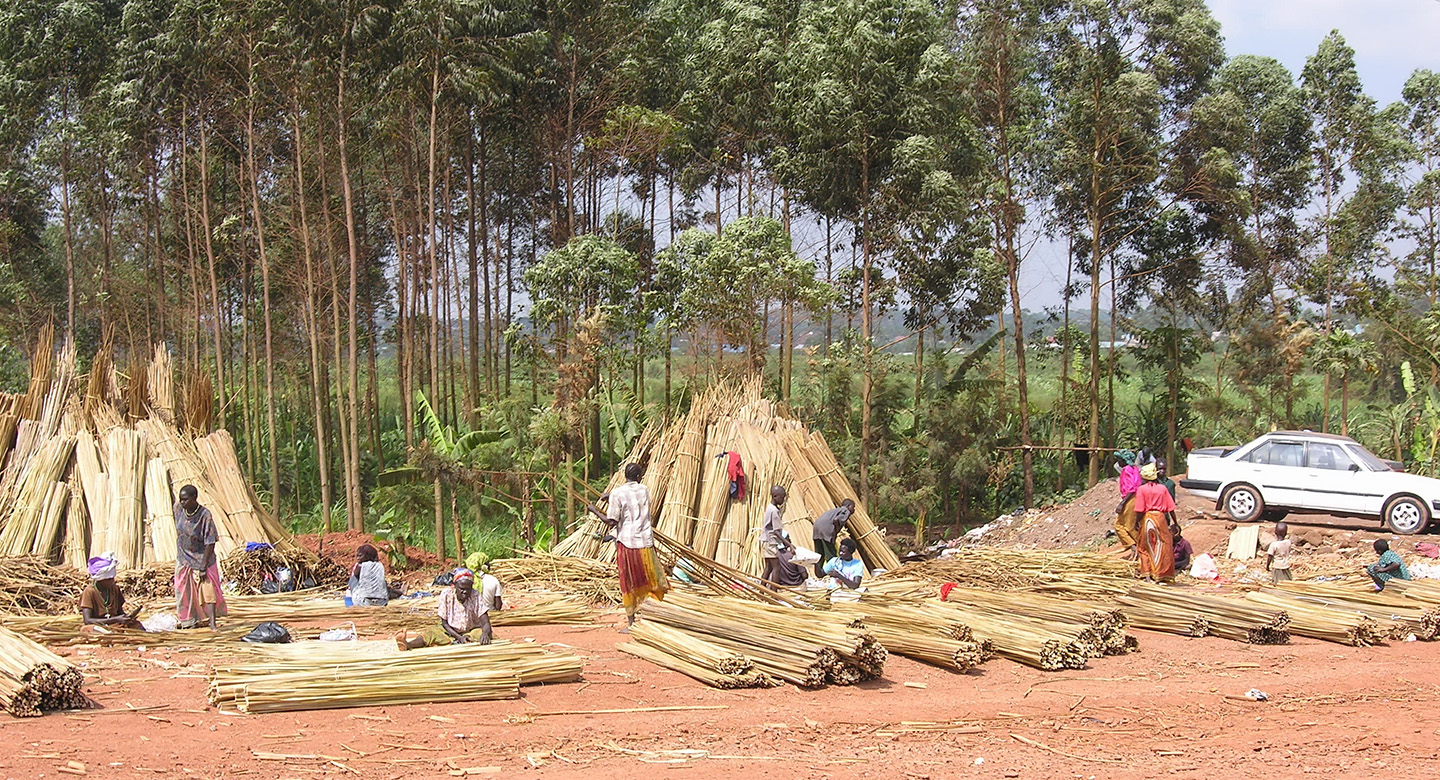Togo – A Promising Destination for Overseas Investors
Togo is one of the smallest countries in West Africa, with varied landscapes and several bioclimatic regions. Northern Togo is characterized by the seasonal Sudanian climate, with a single rainfall season. The Atacora mountain range crosses central Togo, with varied wooden landscapes and a few isolated remnants of dense tropical forest.
However, the coastal area plays a significant role in the Dahomey Gap, a relatively dry savanna zone that separates the high rainfall regimes outside Togo to the east and west Africa. Natural resources and food crops like cacao, coffee, and cotton are the major sources of economic growth. Also, agriculture and mining are key economy-driven industries. Above all, Togo is one of the world’s leading producers of phosphates, limestone, and minerals.
Production and Impacts of the Mining Industry
In 2013, Togo recorded 1.2 million tons of phosphate output, with 7.5% accounting for the country’s exports. Clinker, limestone, and hydraulic cement have marked increased production in the last few decades. The clinker plant commissioned in 2015 has the capacity to produce 5,000 tons of clinker per day, which estimates at 1.5 million tons per year. Togo offers various regions with deposits of diamonds and gold, along with limestone mining in the Tabligbo basin near the coast.
The varied soils and climatic conditions enable Togo to grow a diverse range of products. Mining and quarrying dominate the natural resource industry in the country. Phosphate is a top mineral resource and one of Togo’s leading export products. Considerable limestone reserves also mined near Lomé get utilized primarily for cement production. Togo also has a substantial amount of marble deposits.
Other mineral resources with commercial potential include iron ore, bauxite, uranium, chromite, gold, diamonds, rutile (titanium dioxide), manganese oxide, kaolin (China clay), and more. Iron ore reserves in Togo are substantial, the metal content is not more than 50%. Although more than three-fifths of the electricity generated in Togo is hydroelectric, petroleum is also a crucial energy source to meet population demand. 2016 marked the country’s GDP of $4.39 billion, which exceeded in 2017 up to $4.767 billion making the country rank the 156th highest GDP in the world. Togo has numerous natural resources within its borders, ranging from arable land, beautiful scenery, minerals, and forests.
Arable land
According to CIA World Factbook, Togo’s arable land accounted for 5.2% of the total land area estimated in 2011. This arable land gets cultivated for a wide range of crops, and subsistence agriculture is the major economic contributor to the country. Some of the agricultural crops include cocoa, coffee, yams, cotton, cassava, beans, corn, rice, sorghum, millets, and more.
Both cash crop and food crop production in the country employ a significant proportion of the country’s labor force and contributed about 42% of the total GDP.
Minerals
Togo is centred as one of the leading countries with the largest producer of minerals. Some of the most significant minerals produced here include limestone, gold, and diamonds. The country also has various untapped potential to produce minerals like iron ore, gypsum, bauxite, manganese, zinc, rutile, marble, and more.
Phosphate production
One of the most crucial minerals of Togo is phosphate, and the country has approximately 60 million tons in reserves. This mineral gets naturally found in rocks that contain a high concentration of phosphate minerals, and they are further classified into different types including triphylite, monazite, hinsdalite, vanadinite, and erythrite, and more.
Phosphate mining is a major sector in Togo’s mining industry making the West African nation the 19th largest producer of minerals in the world.
Sedimentary phosphate is typically found as loose sediment rocks in open pits. Therefore, it gets mined with dredge lines using machines and shovels on small-scale work operations. In 2013, Togo’s output of phosphates contributed about 7.5% of the total export, and the output was about 1.2 million tons. There are many other phosphate mines in different regions too, which gets managed by the Ministry of Mines and Energy.
Limestone
Togo has substantial limestone deposits, and most of these deposits are found in the capital region, Lomé. These mineral deposits get mined from quarries, which further get excavated from the rocks. It occurs on the surface and underground, which influences the composition of the stone. Togo’s limestone has been mined for years under the auspices of the Ministry of Mines, and the abundance of reserves has ensured a steady growth rate in annual production.
The mining process gets carried out on-site and transported to factories in trucks. The limestone is crushed or cut into blocks depending on the user’s preferences. Togo uses most of its limestone in the cement production factories and other construction materials like mortar and slaked lime.
Investment Potential in Togo’s Natural Resources & Mining Industry
Natural resources and the mining sector play a crucial role in the economic growth of Togo. This sector has a lot of untapped growth potential and Arise IIP is committed to promoting the development of these sectors to drive sustainability and diversification.
Got an investment plan in West Africa? We will love to hear it.
